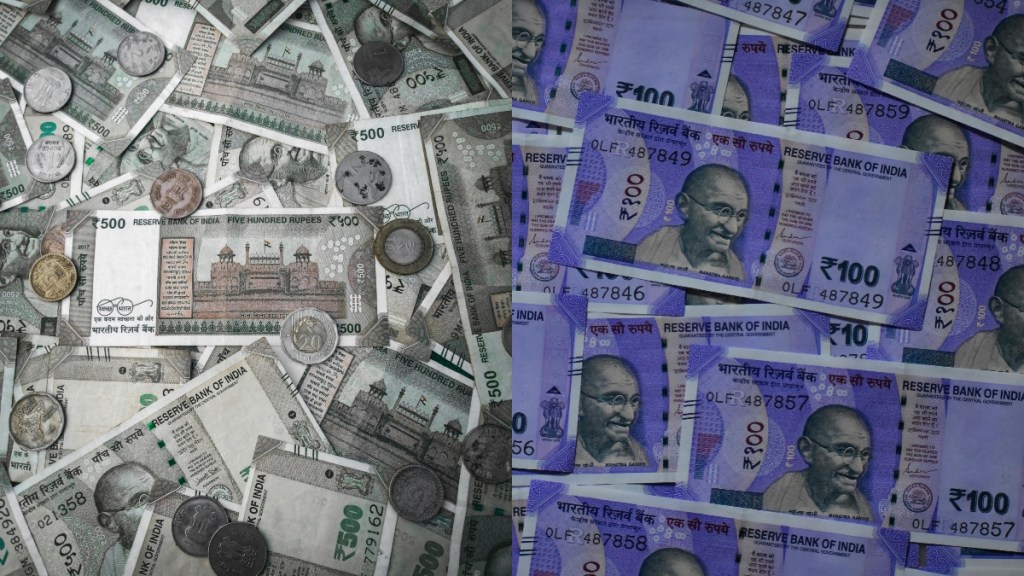States’ capital expenditures likely fell by nearly 7% on-year in April-November of the current financial year while their borrowings dipped by 4%, reflecting the slack during general elections in April-June and capacity constraints thereafter.
A review of the finances of a dozen states by FE showed that their capex in April-November of FY25 declined to about Rs 2.22 lakh crore compared with Rs 2.38 lakh crore with an annual growth of 44% in the year-ago period.
The states reviewed were Uttar Pradesh, Odisha, Madhya Pradesh, Andhra Pradesh, Karnataka, Tamil Nadu, Haryana, Kerala, Punjab, Rajasthan, Uttarakhand and Assam.
With the capex pace not picking up in recent months, the Centre frontloaded tax devolution to them by releasing two instalments amounting to Rs 1.78 lakh crore for October instead of one regular monthly instalment. In June, the Centre also released two monthly instalments.
The states’ capex also includes liberal capex loans from the Centre, which has already disbursed Rs 60,000 crore to all eligible states by the end of November 2024.
However, sources said the states are yet to recover from the general election and rain-induced slowdown, partly due to capacity constraints to accelerate spending. A capex decline means, the states will forego part of the capex loan assistance in FY25, as it was linked to their growth in capex in H1.
As spending on asset creation slowed down, the 12 states have also reduced their borrowing by 4% on year to Rs 3.4 lakh crore in April-November 2024 compared with a 75% increase in borrowing in the year ago period.
The dozen states under review reported a healthy 18% growth in their tax revenues in April-November FY25 at Rs 12.2 lakh crore compared with the 10.2% growth recorded in the year-ago period.
The states under review reported a 12% annual increase in revenue expenditure in the first eight months of FY25 compared with the 10% growth seen in the year-ago period.
In a report, the Reserve Bank of India said states need to adopt “next-generation” fiscal rules, time-bound glide paths for fiscal consolidation, and rein in subsidies/freebies.
State governments contained their consolidated gross fiscal deficit (GFD) within 3% of gross domestic product (GDP) and their revenue deficit at 0.2% of GDP during 2022-23 and 2023-24. In 2024-25, states have budgeted a GFD of 3.2% of GDP, according to the RBI’s ‘State Finances: A Study of Budgets of 2024-25’.
Besides states, the Centre and the central agencies’ capex also witnessed a slowdown so far in the current financial year, contributing to the slower pace of GDP growth in Q2FY25 at 5.4%, a seven month low.
